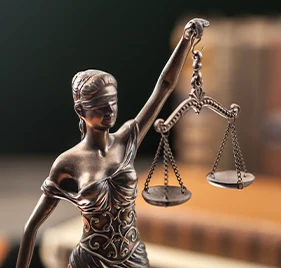Human rights are a universal concept that applies to everyone, regardless of race, gender, nationality, or religion. They are inherent to our humanity and cannot be taken away from us.
There are many different types of human rights, including the right to life, liberty, and security of person; freedom from torture, slavery, and arbitrary arrest; the right to a fair trial; and the right to freedom of expression and assembly.
Human rights are protected by national and international laws, including the Universal Declaration of Human Rights, which was adopted by the United Nations in 1948.
There are also numerous international organizations that work to promote and protect human rights, such as Amnesty International and Human Rights Watch.
What are human rights?
Human rights are a set of moral principles that describe certain standards of human behaviour. They are fundamental rights that every person is entitled to regardless of race, gender, nationality, ethnicity, religion, or any other characteristic.
There are many different schools of thought on what constitutes a human right, but there are some general agreement on certain basic rights that should be universally protected. These include the right to life, liberty, and security of person; freedom from torture, slavery, and arbitrary detention; and freedom of expression, association, and religion.
Human rights are often enshrined in national constitutions and international treaties. In order for a right to be legally enforceable, it must be recognized by the government. However, even if a right is not enshrined in law, it is still important to fight for its protection.
There are many organizations that work to promote and protect human rights around the world. Amnesty International is one of the best known. It works to raise awareness of human rights violations and pressure governments to uphold the rights of their citizens.
How are human rights defined?
Human rights are defined as the basic rights and freedoms that belong to every person in the world, from birth until death. They are based on values like dignity, fairness, equality, respect and independence.
There are different types of human rights, including the right to life, the right to a fair trial, the right to freedom of expression, the right to education, the right to work, the right to vote, and the right to an adequate standard of living.
Human rights are protected by national and international laws, including the Universal Declaration of Human Rights, which was adopted by the United Nations in 1948.
There are also a number of international organizations that work to promote and protect human rights, such as Amnesty International, Human Rights Watch, and the International Committee of the Red Cross.
How are human rights protected?
There are a number of ways in which human rights are protected. One way is through international law. International law is made up of a number of treaties and conventions that have been ratified by countries around the world. These treaties and conventions set out the minimum standards that countries must uphold in relation to the treatment of their citizens.
Another way in which human rights are protected is through national laws. In many countries, there are laws that prohibit discrimination and guarantee the right to equality before the law. These laws provide protection for a range of rights, including the right to life, liberty and security of person, and the right to a fair trial.
Human rights are also protected by the constitution in some countries. The constitution is the supreme law of the land and it sets out the fundamental rights of citizens. These rights cannot be taken away by the government or any other authority.
Finally, human rights are protected by the work of human rights organisations. These organisations work to promote and protect human rights around the world. They also work to hold governments and other institutions accountable for their actions.
